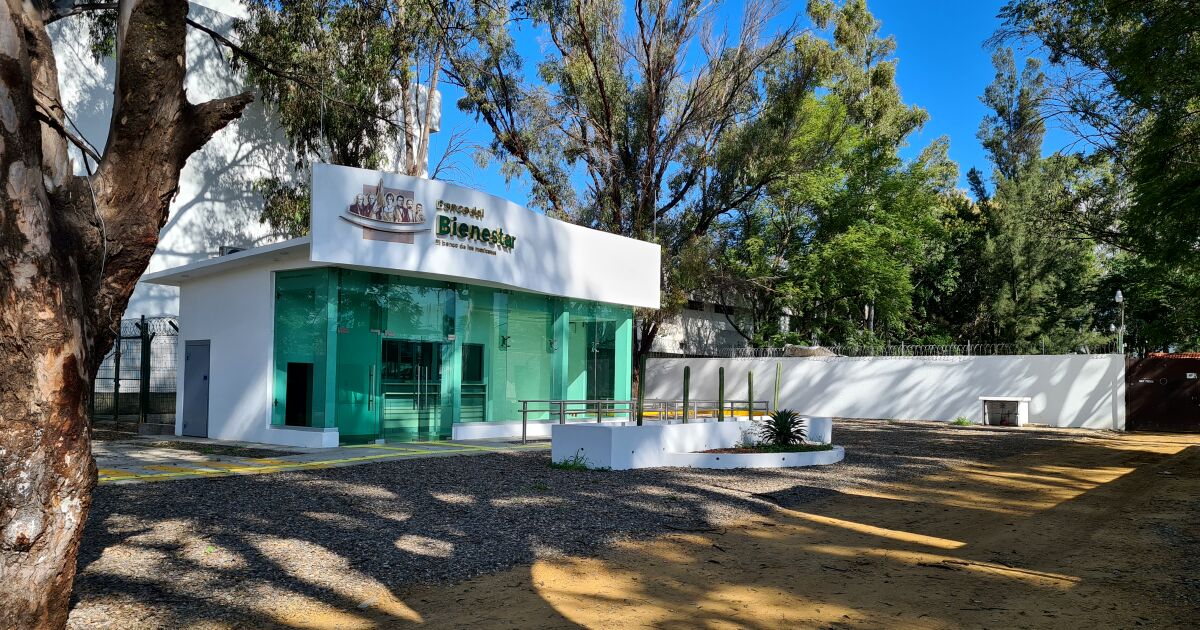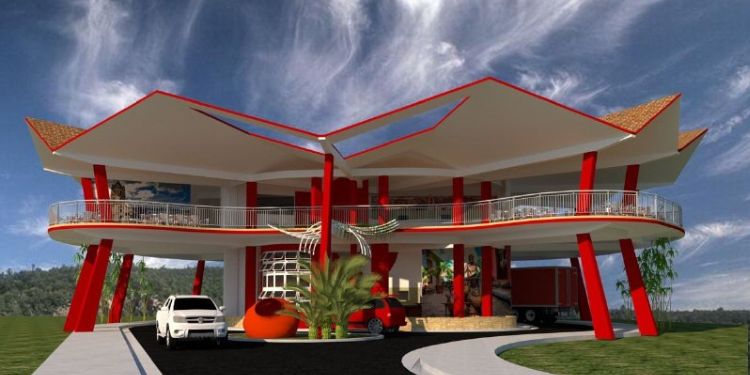The also substitute of the National Savings Bank and Financial Services (Bansefi) has been cataloged as a white elephant of the government or an “expensive monster” that wastes resources on building branches instead of allocating that money to public investment or health, according to specialists consulted by Expansión.
The shortcomings, according to those interviewed, lie in the fact that this development bank offers financial services that are almost the same as those offered by traditional commercial banks, so functions are duplicated and they do not generate added value such as better returns or better service.
“The problem is that this bank is offering deposit services and is giving interests that are relatively similar to those given by banks. If they give me the same products and yields and in traditional banking I can access loans, why stay in the Banco del Bienestar?”, says Pablo Cotler, an academic from the Department of Economics at the Universidad Iberoamericana (UIA).
The specialist affirms that the federal government has to allocate resources not only for the construction of the branches but also to finance the services it offers, such as the cash that must be supplied to the branches and ATMs. All this in a sustainable way in the future.
The bank’s figures at the end of 2021 are not optimistic either: It has reported losses of 230 million pesos (mdp). The entity highlights in its financial report that this fall was due to the investment made for the construction of new branches.
“The issue is not that it offers branches, the question is whether we are not creating white elephants that are small buildings and do not offer enough services. A bank is to carry out more complicated operations, a combination of services that, at the moment, this bank is not doing”, adds Cotler.
Jorge Sánchez Tello, director of the Applied Research Program of the Foundation for Financial Studies (Fundef), comments that the construction of branches instead of betting on technology or banking correspondents will create “a huge monster that will be expensive to maintain” and the problem is that if the business is not profitable, it will be the money of the Mexicans that will have been lost.
“Private banks make their investments with their money, here the detail is that the welfare bank has a cost for the entire country, for all of us who pay taxes, and part of our taxes is going to build branches with the same products and that can be even more expensive than a traditional bank”, says Sánchez Tello.
The federal government assures that with the construction of 2,700 branches, the presence of bank offices will be expanded that allow Mexicans to access financial services, however the reality is that many of the branches have been built in urban places, where there are already other banks operating and offering services.
“I suspect it will be a failure because most likely they don’t have enough people with experience to know who can lend and who can’t; very probably they are going to have high operating costs basically because they are not going to have many costs to send liquidity to remote areas, they are doing all the service basically physical and the risk is that this bank continues to have losses and that obviously has to be covered with public resources ”, notes Cotler.
The expert predicts that it will take about another two years to know if the bank has become sustainable.
In addition, one of the main problems that experts see is that, unlike commercial banks, there is no insurance or institute that protects the resources of Mexicans as the Institute for the Protection of Bank Savings (IPAB) does.
Another problem that stands out is the high delinquency rate managed by the Banco del Bienestar, at the end of 2021, delinquency amounted to 35.46%, the figure contrasts with that of 2020 which was 18.68% in 2019 it was 15.02%.
And if that were not enough, the entity still has to generate trust among Mexicans by demonstrating that it knows how to meet the demands of users and liquidity in remote communities.
An ambitious and redundant network
At the end of 2021, Banco del Bienestar had 447 branches. Together, the branches serve 398 municipalities, while 909 municipalities are served through commercial banking
Points of service are much smaller when compared to other banks that serve the base of the pyramid, such as BanCoppel, which has 1,229 branches and 1,600 ATMs.
The Banco del Bienestar branches located in rural areas are 39% while 61% are in urban areas. Experts have criticized the opening of more branches in urban areas, when the objective is to reach remote communities in the country.
Banco del Bienestar has 7,280 banking correspondents, 23% managed by Telecomunicaciones de México (TELECOMM), and 77% managed by Red YASTÁS through which deposit, cash withdrawal and balance inquiry services are offered for account holders and users.








